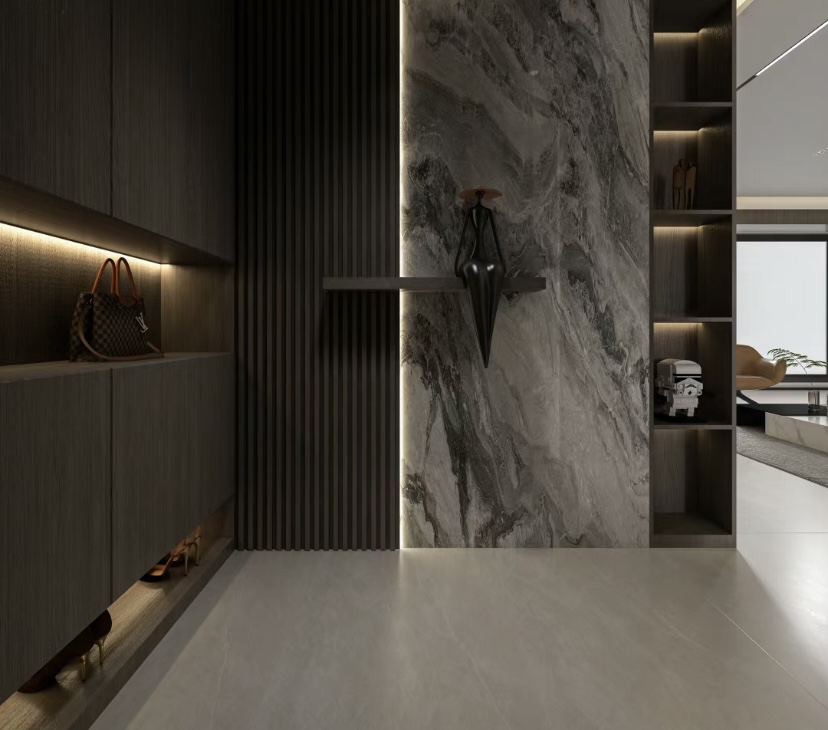Bamboo and wood fiber wallboard wood veneer splicing method
Today to share the wood veneer splicing methods divided into three
1. Natural seam, dense and metal line connection, each has advantages and disadvantages, mainly according to their actual needs to choose 1 natural seam process, more elegant woodworking process, the upper and lower gaps to be uniform, the method is to leave a 2~3mm natural gap when the board is connected to the board, the bottom surface of the natural seam will paste a same color veneer, so look closely with the wood finish is the same color,! Note that the splicing edge of the board should be sealed. Large area of the most recommended natural seam process,
2. Metal line connection, more is used in artificial technology wood veneer board (such as bamboo wood fiber, bamboo carbon fiber, integrated wallboard, paint-free board, etc.) the advantage is that the installation is very convenient and fast, if the style wants to have a stronger integrity is not recommended to use metal lines, modern or Chinese style can try, but pay attention to try to choose metal strips with the same color as wood finish. The width is controlled within 5mm to 8mm.
3. Direct consolidation, small area limitations are recommended to use (large area is not recommended to use, large area consolidation for a long time, more or less there will be a little drum at the seam) There is a very high requirement for the base, the base needs enough leveling.
As shown in the picture, the background is closely combined, the board is 9mm thick, and the master's craft is basically not visible, and it is better to open a splicing slot and add glue.

